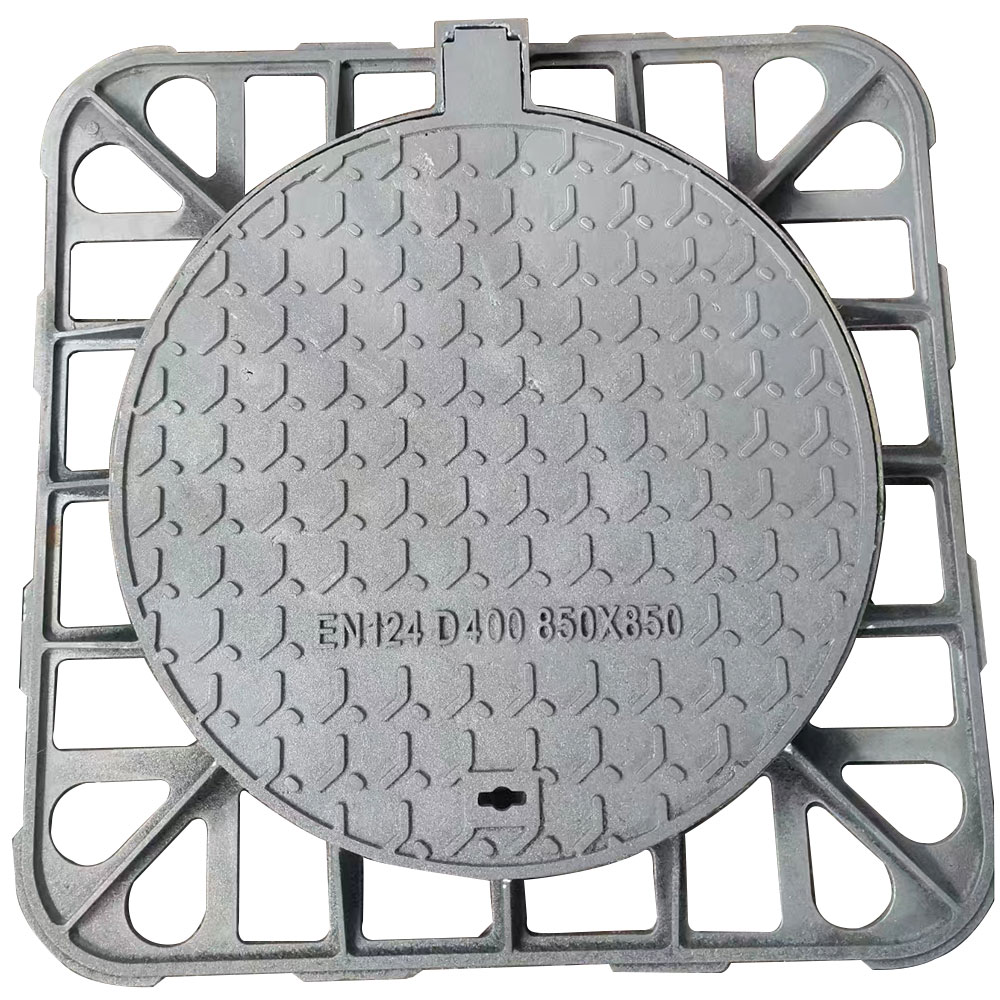- Afrikaans
- Albanian
- Amharic
- Arabic
- Armenian
- Azerbaijani
- Basque
- Belarusian
- Bengali
- Bosnian
- Bulgarian
- Catalan
- Cebuano
- China
- China (Taiwan)
- Corsican
- Croatian
- Czech
- Danish
- Dutch
- English
- Esperanto
- Estonian
- Finnish
- French
- Frisian
- Galician
- Georgian
- German
- Greek
- Gujarati
- Haitian Creole
- hausa
- hawaiian
- Hebrew
- Hindi
- Miao
- Hungarian
- Icelandic
- igbo
- Indonesian
- irish
- Italian
- Japanese
- Javanese
- Kannada
- kazakh
- Khmer
- Rwandese
- Korean
- Kurdish
- Kyrgyz
- Lao
- Latin
- Latvian
- Lithuanian
- Luxembourgish
- Macedonian
- Malgashi
- Malay
- Malayalam
- Maltese
- Maori
- Marathi
- Mongolian
- Myanmar
- Nepali
- Norwegian
- Norwegian
- Occitan
- Pashto
- Persian
- Polish
- Portuguese
- Punjabi
- Romanian
- Russian
- Samoan
- Scottish Gaelic
- Serbian
- Sesotho
- Shona
- Sindhi
- Sinhala
- Slovak
- Slovenian
- Somali
- Spanish
- Sundanese
- Swahili
- Swedish
- Tagalog
- Tajik
- Tamil
- Tatar
- Telugu
- Thai
- Turkish
- Turkmen
- Ukrainian
- Urdu
- Uighur
- Uzbek
- Vietnamese
- Welsh
- Bantu
- Yiddish
- Yoruba
- Zulu
સપ્ટેમ્બર . 19, 2024 04:35 Back to list
making a mold for aluminum casting
Creating a Mold for Aluminum Casting A Step-by-Step Guide
Aluminum casting is a versatile manufacturing process that has gained immense popularity due to its ability to create complex shapes with precision. One of the crucial steps in this process is making a mold, which serves as the cavity where molten aluminum is poured to form the desired object. This article outlines the steps required to create a high-quality mold for aluminum casting, ensuring successful outcomes.
Step 1 Design the Mold
Before any physical work begins, the first step is to design the mold. This involves creating a blueprint or a 3D model of the final product. Attention must be paid to factors like the dimensions, shape, and complexity of the design. Consideration should also be given to how the mold will be separated, as well as how the aluminum will flow into the cavity. Incorporating features such as runners and gates can help ensure a smooth flow of molten aluminum.
Step 2 Select the Materials
Choosing the right materials for the mold is critical. Common materials include sand, metal, and ceramic. Sand molds are popular because they are easily shaped, reusable, and can tolerate high temperatures. For finer details, metal molds made from steel or iron are often used, though they can be more expensive. The choice of material will depend on the specific requirements of the casting process, including durability, heat resistance, and the desired finish of the final product.
Step 3 Create the Mold Pattern
Once the design and materials are decided, the next step is to create a mold pattern, which is a replica of the object to be cast. The pattern can be made from various materials such as wood, plastic, or metal. It should be slightly larger than the final product to account for shrinkage that occurs as aluminum cools. Precision in crafting the pattern ensures a smoother and more accurate mold.
making a mold for aluminum casting

Step 4 Assemble the Mold
With the pattern ready, it’s time to assemble the mold. If using a sand mold, the pattern is placed in a box, where sand mixed with a binding agent is packed around it. Once the sand is compacted, the pattern is removed, leaving a cavity in its shape. For metal molds, the halves of the mold are typically machined to accommodate the pattern. Ensure that all necessary vents and escape routes for gases are included to prevent defects in the final casting.
Step 5 Pour the Aluminum
Once the mold is assembled and has cooled (if applicable), it's time to pour the aluminum. Heat the aluminum to its molten state, typically around 660°C (1220°F), and then carefully pour it into the mold cavity. It is essential to pour steadily and avoid any splashing to maintain the quality of the casting.
Step 6 Cool and Remove the Mold
After the aluminum has cooled and solidified, it’s time to remove the casting from the mold. Depending on the mold type, this could involve breaking apart sand molds or unclamping metal molds. After removal, any excess material or burrs may need to be trimmed away.
Conclusion
Making a mold for aluminum casting is a meticulous process that requires careful planning and execution. By following these steps, you can create high-quality molds that lead to successful aluminum castings, meeting both aesthetic and functional requirements. Whether you’re a hobbyist or a professional, mastering this craft opens up a world of possibilities in manufacturing and design.
-
Durable Centrifugally Cast Iron Water Main Pipe
NewsAug.11,2025
-
Centrifugally Cast Iron Water Main Pipes for Reliability
NewsAug.10,2025
-
High-Quality Centrifugally Cast Iron Water Main Pipes
NewsAug.09,2025
-
Durable Cast Iron Water Main Pipe & Drainage Solutions
NewsAug.08,2025
-
Buy Cast Iron Pipe: Premium Ductile Iron & Drain Solutions
NewsAug.07,2025
-
Durable Cast Iron Water Main Pipe | Buy Ductile Pipe
NewsAug.06,2025


